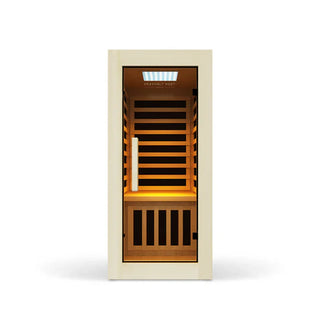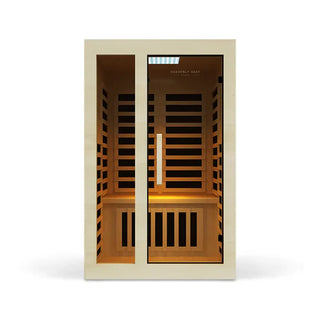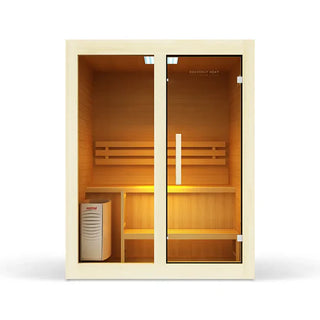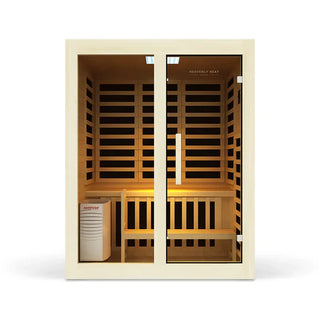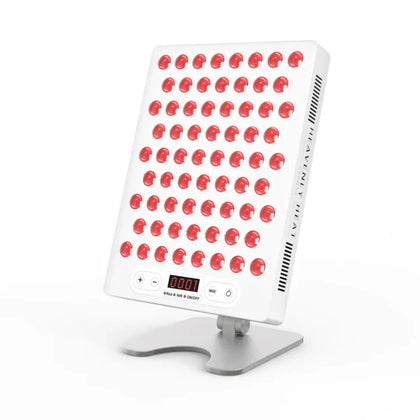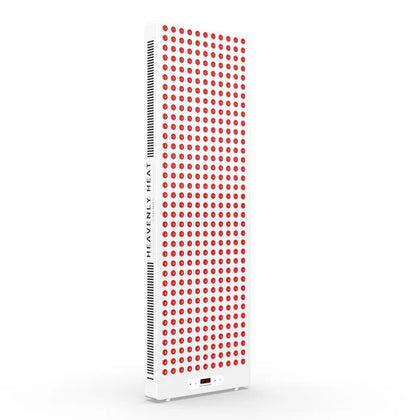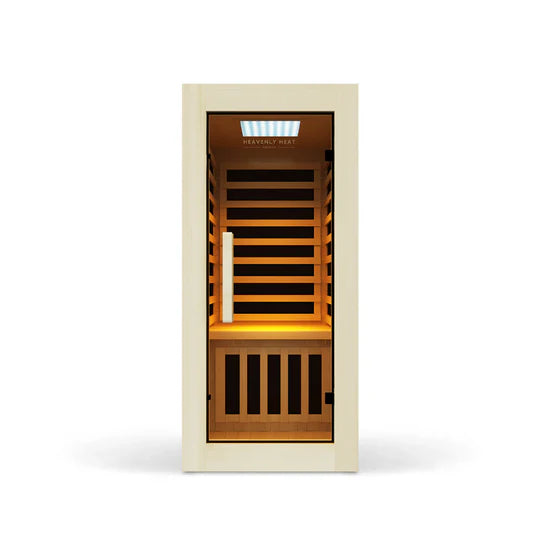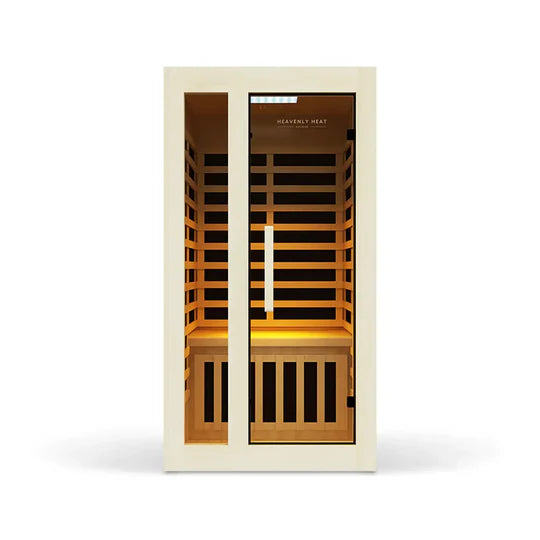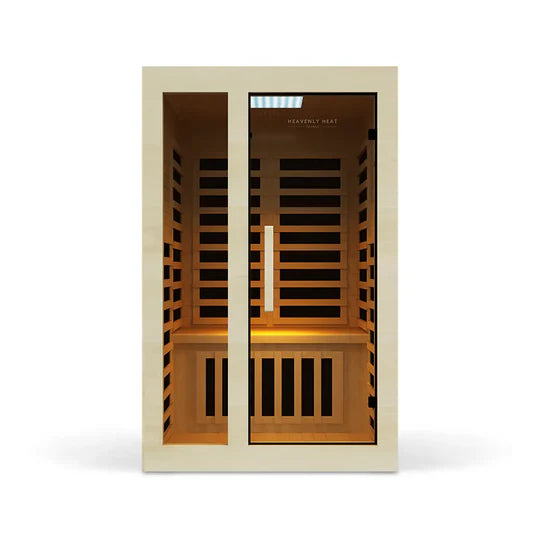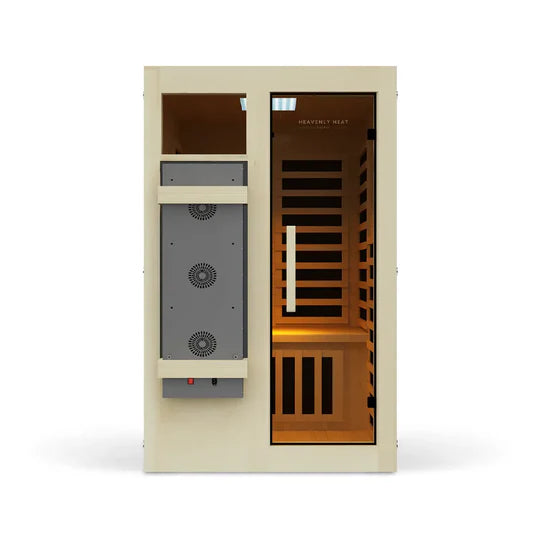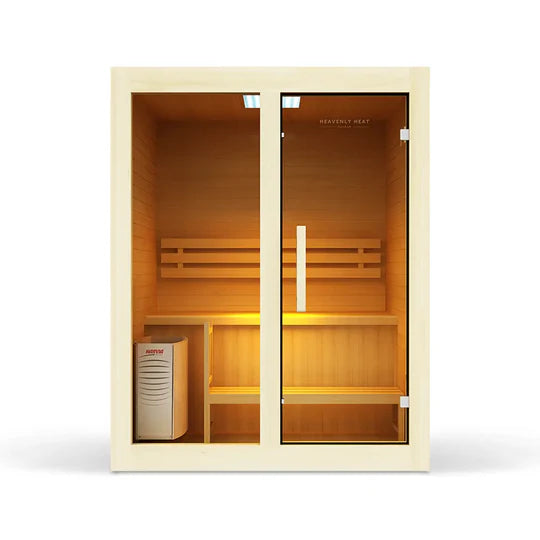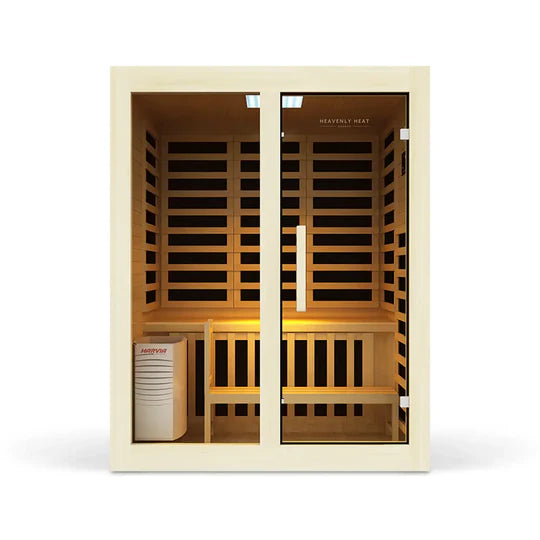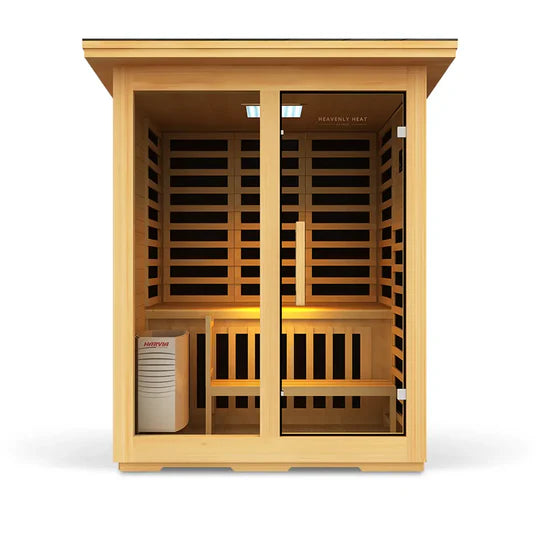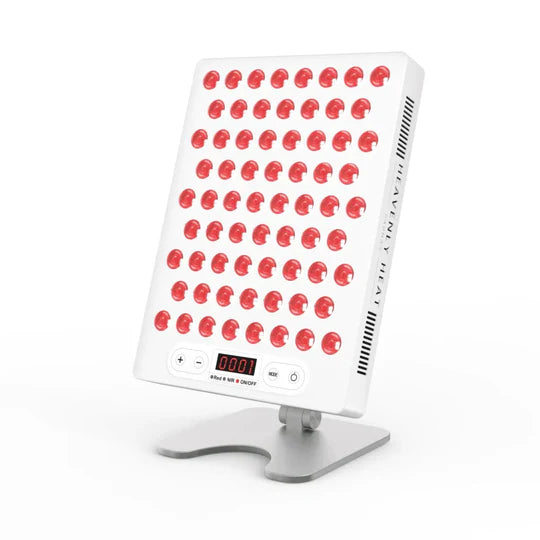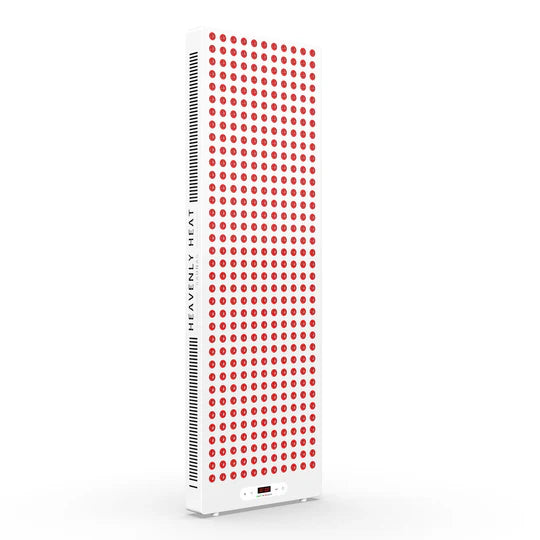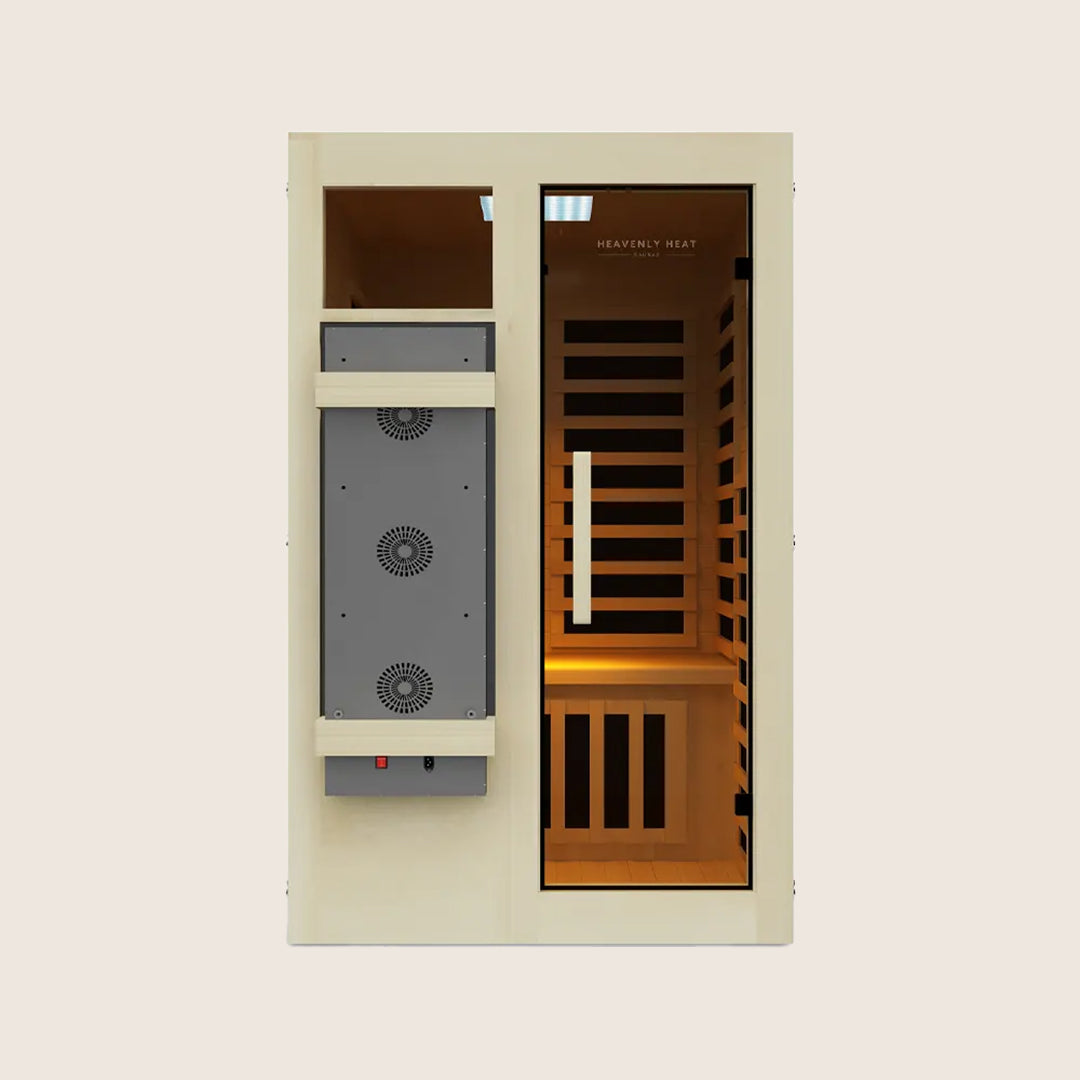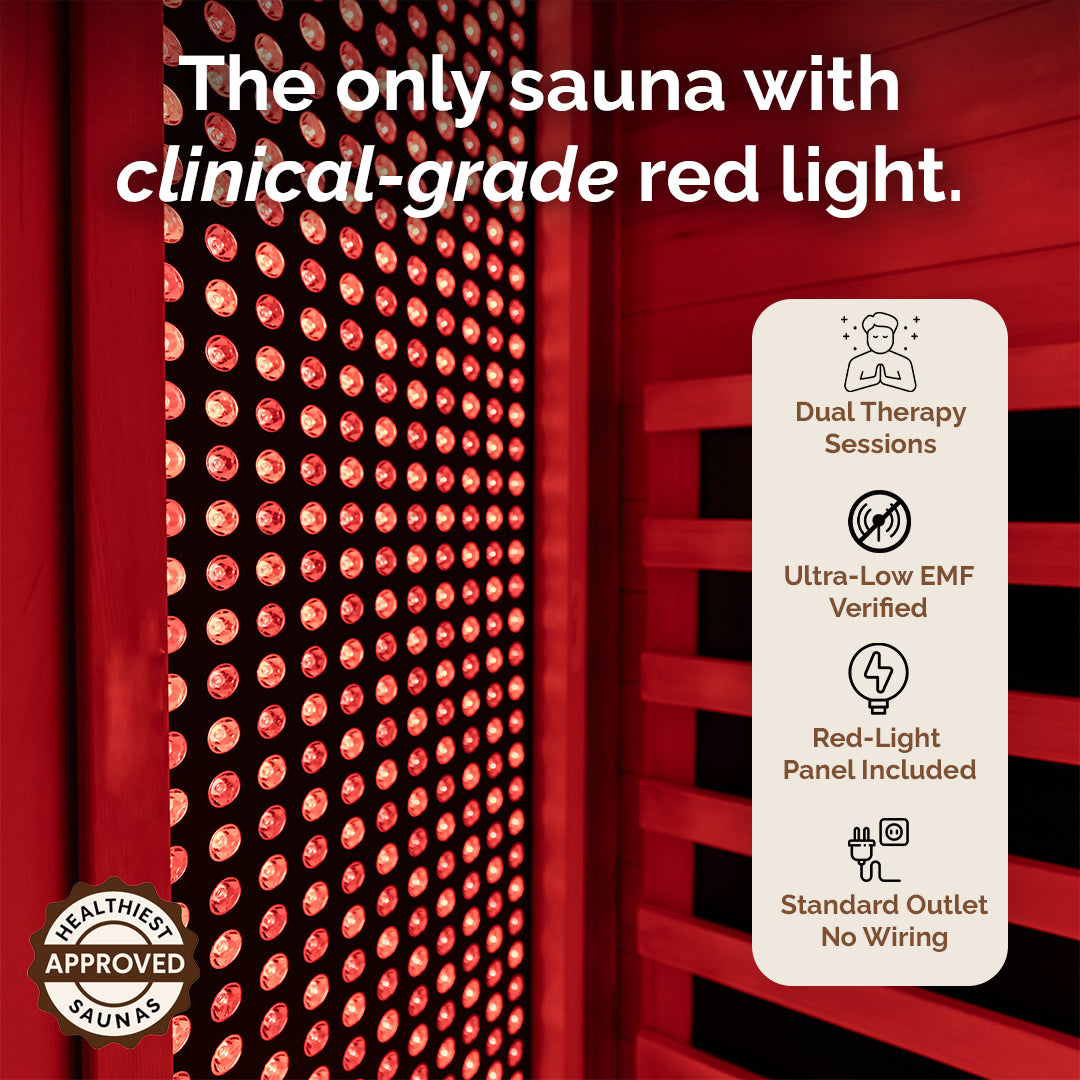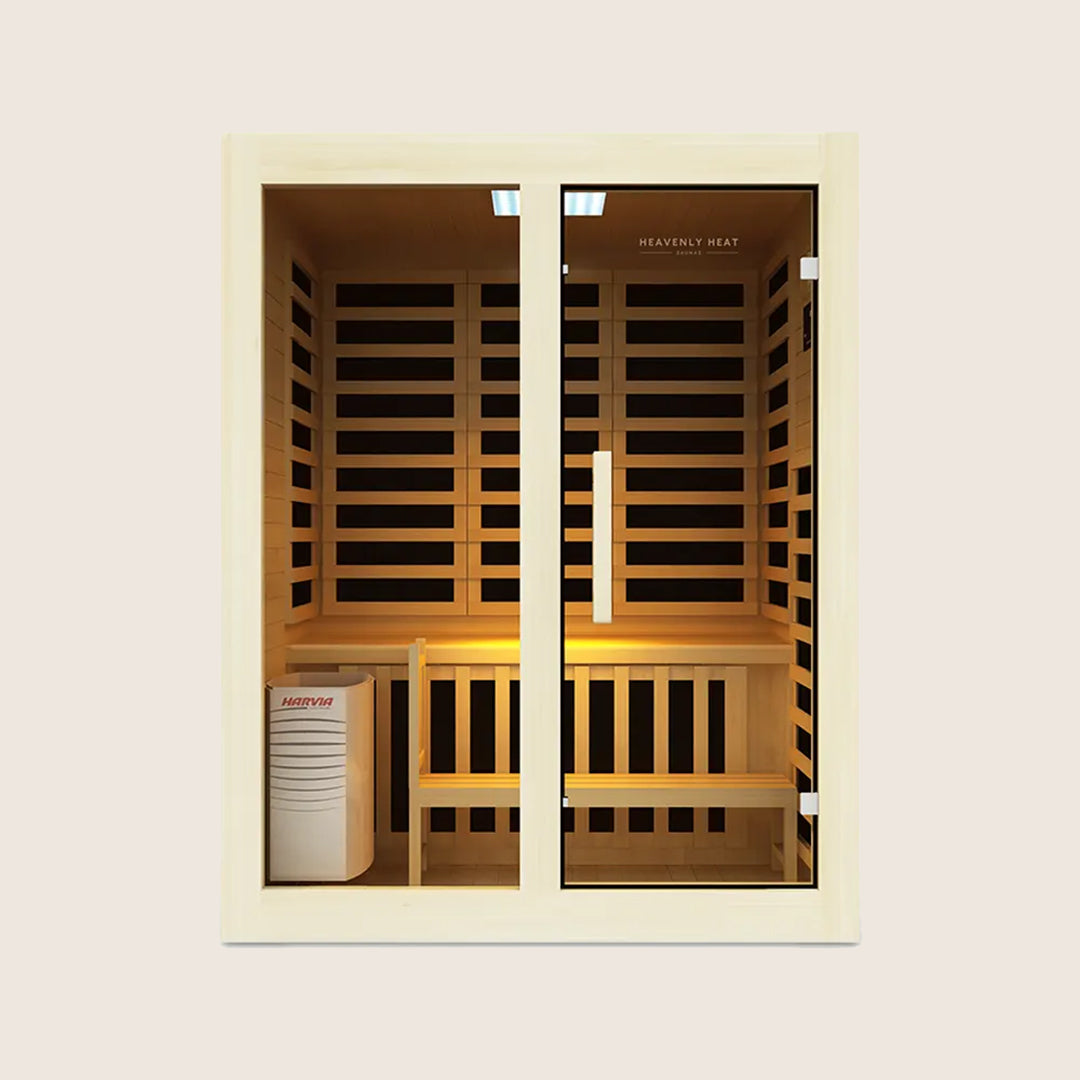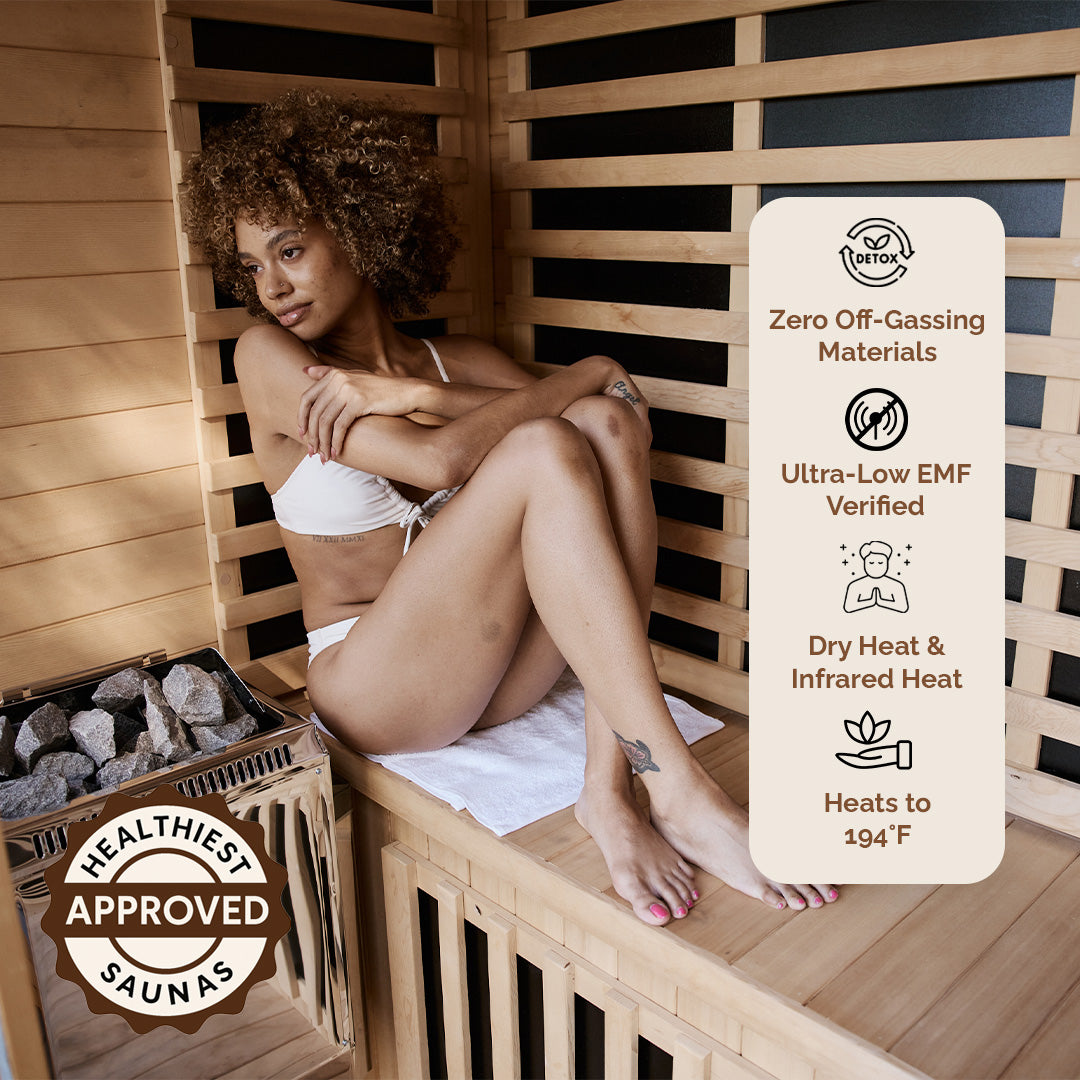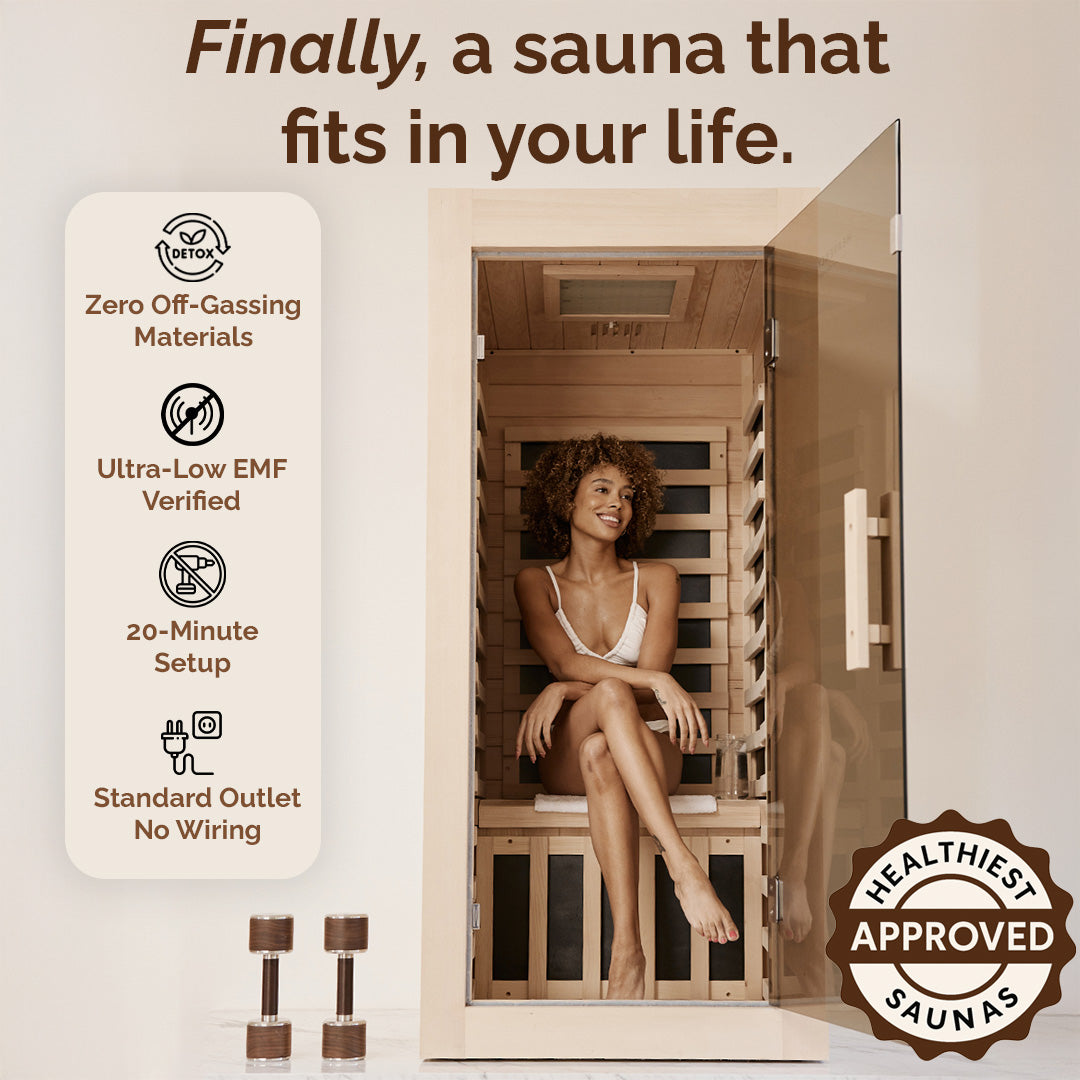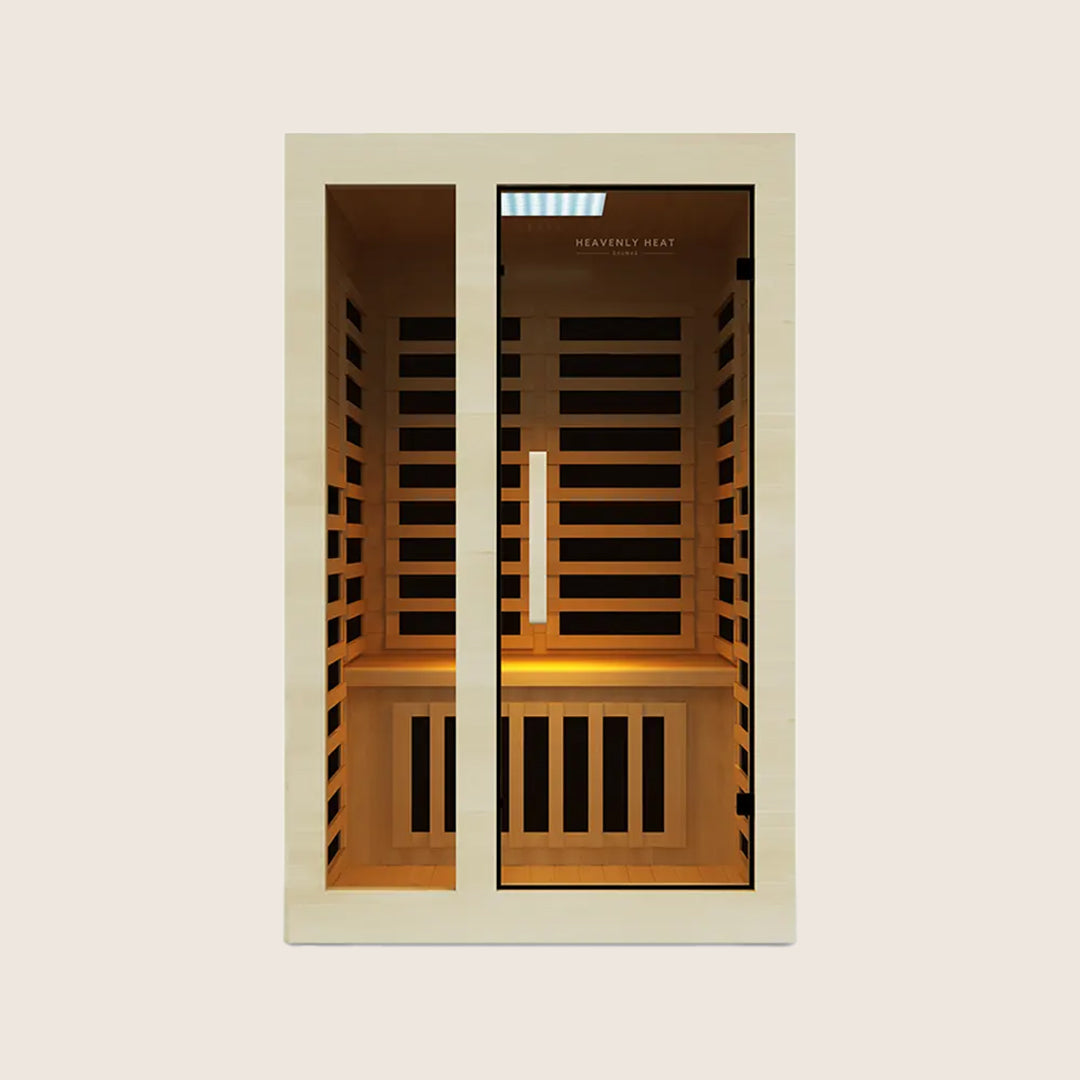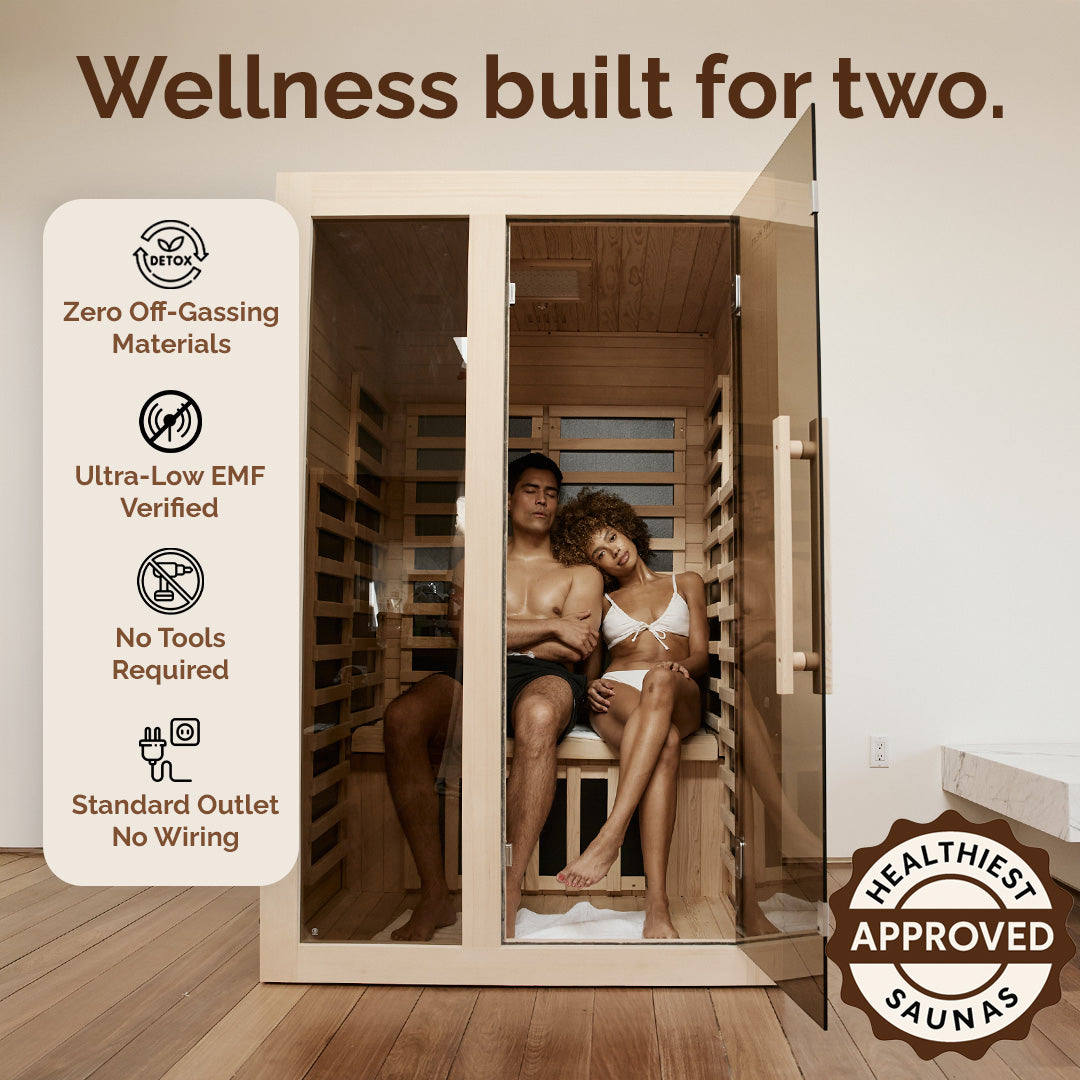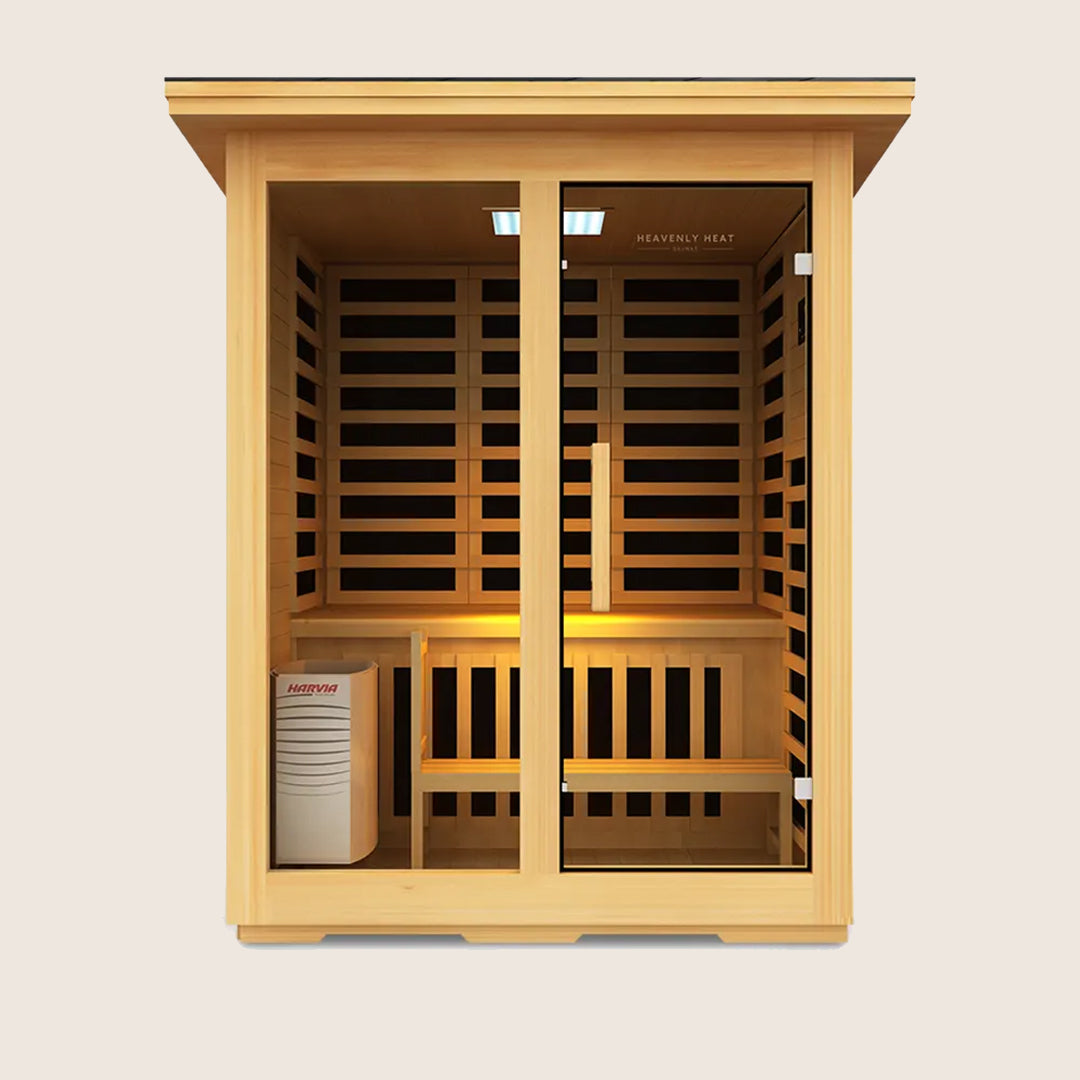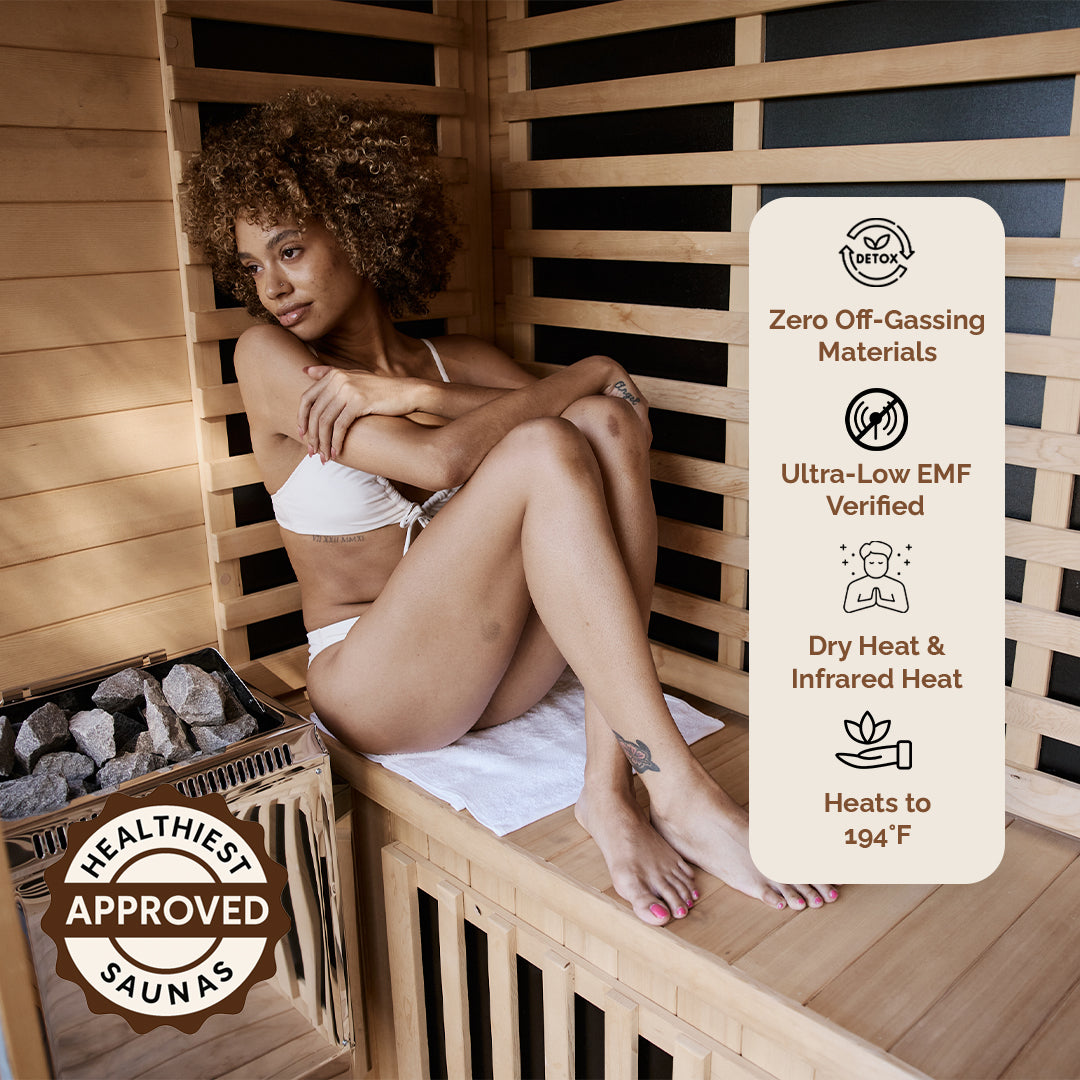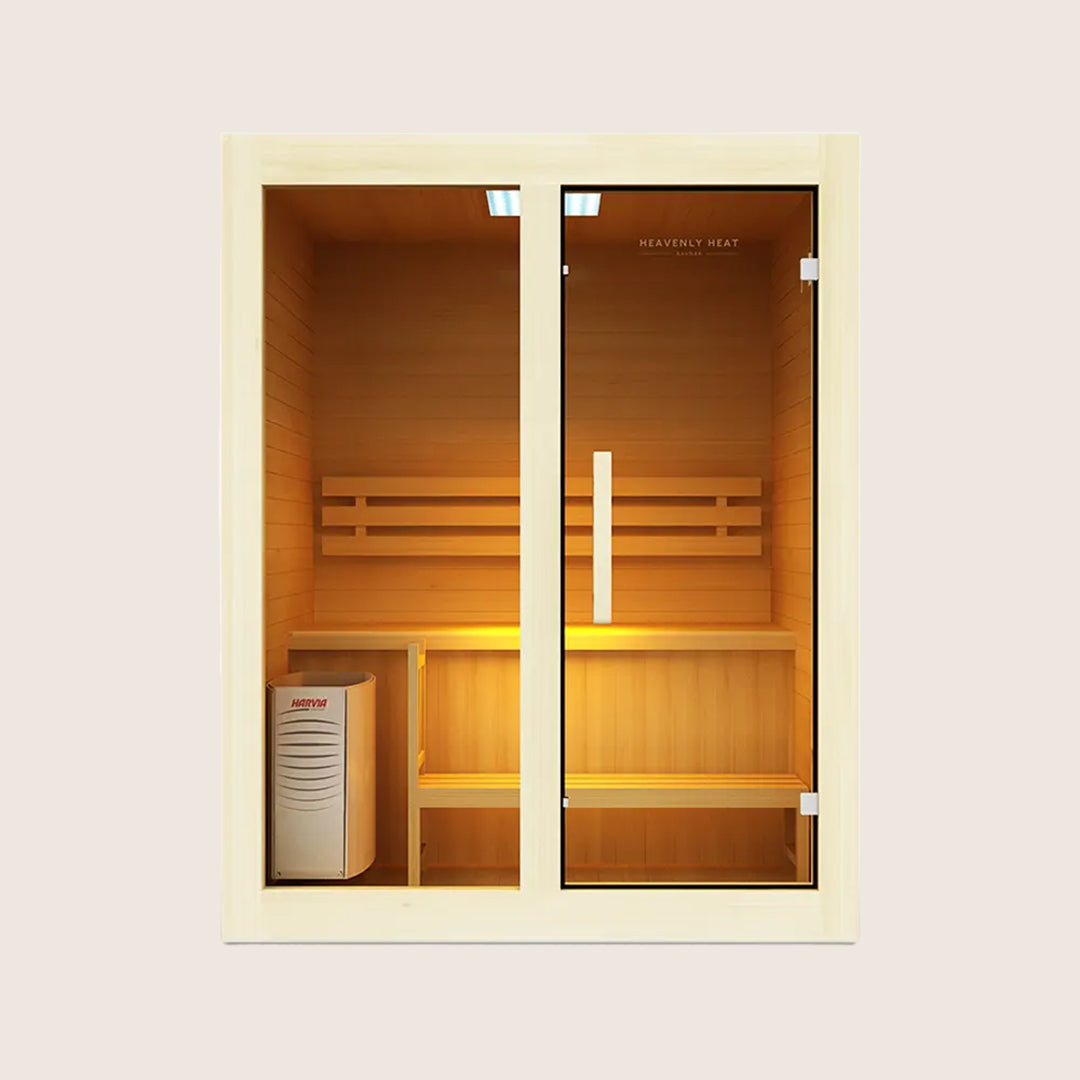25 Cold Plunge Tips for Maximum Health Benefits
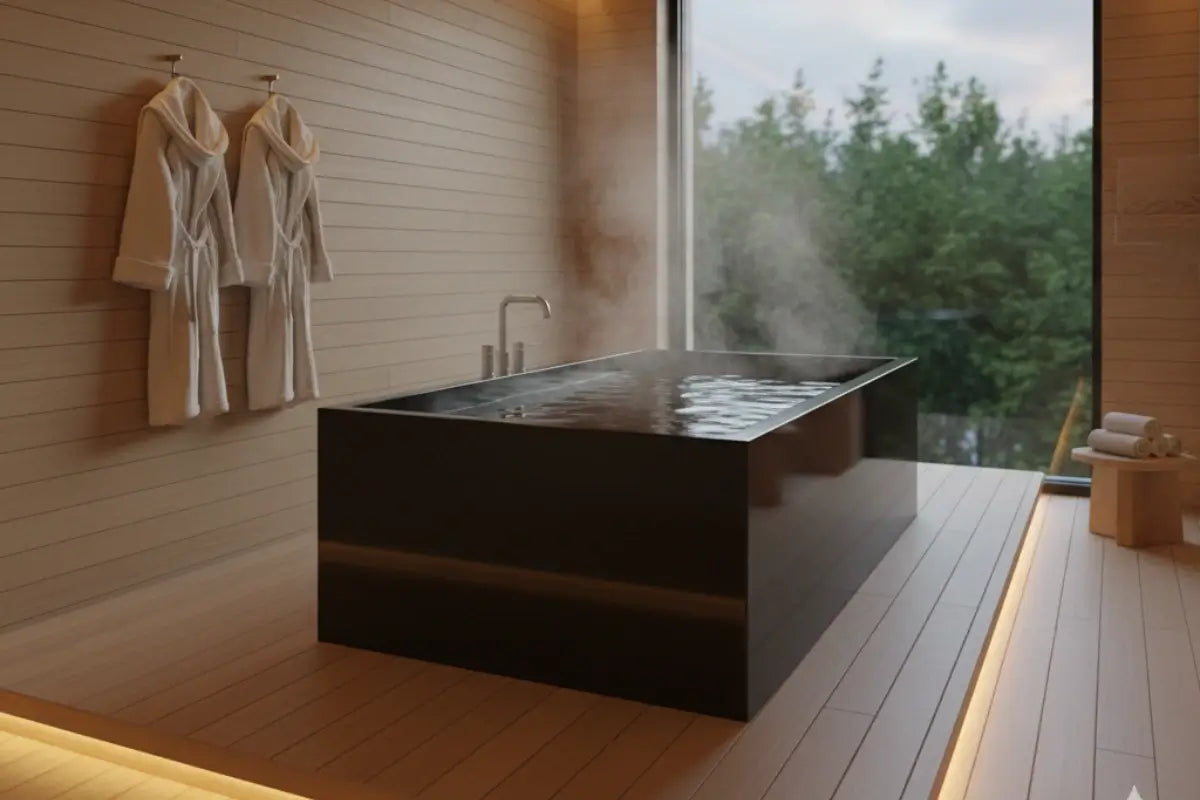
Cold plunges aren’t just a trend, they can boost energy, sharpen focus, and strengthen your body.
Jumping into icy water may sound intense, but with the right approach, anyone can enjoy the benefits safely.
In this guide, you’ll discover 25 practical tips to make cold plunging effective, enjoyable, and a lasting part of your health routine.
Table of contents
25 Cold Plunge Tips for Maximum Health Benefits
Start Slowly
Jumping straight into a cold plunge can be risky. The American Heart Association notes that sudden exposure to cold water may sharply raise heart rate, breathing, and blood pressure, posing dangers for people with heart conditions or hypertension.
That’s why experts suggest starting gradually. For first-timers, even 30 seconds to a minute can be enough, slowly building up to five to ten minutes as the body adapts, preferably with someone nearby for safety.
Over time, the body undergoes a process called cold acclimation. Research highlighted in Frontiers in Physiology shows that this gradual adaptation improves cardiovascular function, metabolism, immune responses, and mental wellbeing.
Studies also reveal that easing in rather than plunging immediately helps reduce stress responses and promotes long-term benefits such as lower cortisol levels, improved mood regulation, and enhanced resilience to stress.
By starting slow and being consistent, cold plunging becomes a safe, effective way to support both physical and mental health, making the experience rewarding and sustainable for beginners and seasoned practitioners alike.
Listen to Your Body’s Signals
Pay attention to how your body reacts. Sharp pain, extreme shivering, or numbness means stop immediately.
Mild discomfort and tingling show your body is adjusting. Dizziness or lightheadedness signals you need to exit.
Small aches warn against overexposure. Notice when muscles loosen and breathing steadies. Learn to differentiate between normal cold sensations and danger to enjoy plunges safely.
Set a Consistent Cold Plunge Routine
Start with a few short plunges per week. Pair sessions with existing routines like morning showers or post-workout.
Gradually increase frequency and duration. Overcome discomfort by reminding yourself of benefits like energy and clarity. Daily plunging becomes sustainable when approached step by step.
Warm Up Before You Enter
Before diving into a cold plunge, it’s important to warm up properly to protect your heart and body.
Jumping into icy water without preparation can trigger a cold shock, leading to a rapid heartbeat, higher blood pressure, and shortness of breath.
To reduce these risks, start with a proper warm-up. Dress for the weather by layering a moisture-wicking base, an insulating mid-layer, and a waterproof outer layer, along with gloves, a hat, and a scarf to protect your extremities.
Try dynamic stretches like walking lunges, high knees, or butt kicks to loosen your joints, followed by light cardio such as jogging in place or jumping jacks to boost circulation.
Focus on the muscles you’ll use and gradually increase intensity to prepare safely. Gentle movement before a plunge can also help reduce post-workout soreness. Finally, stay hydrated, as cold exposure can deplete fluids just as quickly as heat.
Focus on Deep Breathing Techniques
Deep breathing can transform your cold plunge experience, making it more manageable and rewarding.
Research highlighted in Scientific Reports suggests that methods like the Wim Hof Method (WHM), which combine cold exposure with controlled breathing, may not produce major long-term changes in heart rate or blood pressure but are effective at reducing stress and enhancing mental well-being.
Likewise, a study in Int J Circumpolar Health indicates that adding deliberate breathwork to ice-cold water immersion can help lower stress, improve mood, and even shorten minor illnesses such as upper respiratory infections.
Although evidence on oxygen efficiency and long-term cardiovascular benefits remains mixed, deep breathing helps control the body’s initial cold shock, boosts alertness, and supports anti-inflammatory responses.
Safety is crucial: anyone with heart or respiratory conditions should proceed carefully, and breath-holding exercises must be done in a controlled setting.
Integrating mindful, deep breathing into your cold plunges not only makes the practice safer but also more comfortable and mentally invigorating.
Begin With Short Sessions
Start with one to two minutes. Quick sessions prevent shock and allow adjustment. Gradually increase duration by 30 seconds as tolerance improves.
Early signs like numb fingers or shivering signal when to stop. Short plunges build confidence and lay a foundation for longer sessions.
Gradually Increase Plunge Duration
Research shows that the ideal cold plunge lasts between 2 to 10 minutes, depending on your experience and the water temperature, with beginners starting at just 1–2 minutes.
Keeping the water around 10–15°C (50–59°F) offers therapeutic benefits without over-stressing the body.
Over time, the body naturally adapts to repeated cold exposure through a process called habituation, which reduces the initial shock response and helps conserve energy.
A study featured in the International Journal of Hyperthermia found that even brief cold plunges trigger stress hormones like cortisol and adrenaline, temporarily influencing immune function and metabolism, yet participants did not experience an increased risk of illness.
Guidance from Pepperdine University suggests gradually increasing both duration and frequency, similar to a structured training program, so the body can adjust safely.
By steadily extending your plunge time, you can maximize the health benefits while supporting your body’s natural adaptation mechanisms.
Monitor Water Temperature Carefully
Cold plunging can refresh your mind and energize your body, but the key to a safe and effective experience is monitoring the water temperature.
Specialists recommend keeping it between 45–55°F (7–13°C), a range that stimulates your body’s thermoregulatory systems without causing shock.
Water that’s too cold may drop your core temperature, leading to shivering, confusion, or even hypothermia, while water that’s not cold enough may limit circulation and cardiovascular benefits.
Research published in Exerc Sport Sci Rev highlights how cold exposure boosts pulmonary capillary pressure and improves cerebral vascular conductance, supporting heart and brain function.
Similarly, insights from Environmental Research show that adhering to scientifically defined temperature thresholds helps maximize health benefits while minimizing risk.
By carefully tracking temperature and easing into your plunge, you can safely harness the restorative effects of cold water, enhancing circulation, alertness, and overall wellness with every dip.
Try Contrast Therapy for Recovery
Scientific research highlights the advantages of contrast therapy, which alternates between hot and cold treatments, for faster recovery.
Warm temperatures relax muscles and increase blood flow, while cold helps reduce inflammation and numb discomfort.
This cycle naturally improves circulation by expanding and contracting blood vessels, supporting nutrient and oxygen delivery to tissues.
A review published in J Clin Med shows that contrast therapy can effectively ease muscle soreness, enhance joint function, and manage swelling, providing benefits beyond cold plunges alone.
Similarly, findings in PLoS One reveal that contrast water therapy significantly reduces muscle soreness and prevents strength loss in athletes compared to passive recovery, with noticeable effects over several hours.
While study methods vary, the evidence consistently suggests that combining heat and cold accelerates recovery, promotes muscle healing, and boosts performance.
This practical, non-drug approach is ideal for both casual fitness enthusiasts and elite athletes aiming to optimize their recovery.
Stay Hydrated Before and After
Proper hydration is essential for getting the most out of cold plunge therapy. When your body enters cold water, blood vessels tighten to conserve heat and protect vital organs.
If you’re dehydrated, this process becomes less efficient, reducing your body’s ability to respond to the cold.
Research shows that dehydration during cold exposure can increase the risk of hypothermia, lower physical and mental performance, and make you more susceptible to cold-related injuries.
Fluid loss can happen faster than you might expect due to increased urine output, water lost through breathing, and a reduced thirst response, which can trick your body into underestimating its need for fluids.
To stay safe and support recovery, drink water or electrolyte-rich beverages like coconut water, herbal teas, or low-sugar sports drinks before and after your plunge.
Staying hydrated helps blood flow smoothly, keeps your core temperature stable, and ensures you fully enjoy the health benefits of cold water immersion.

Incorporate Mindfulness or Meditation
Incorporating mindfulness or meditation into your cold plunge routine can greatly amplify its health benefits.
A study published in Psychosom Med found that combining cold exposure with breathing exercises or meditation activates the sympathetic nervous system, boosts adrenaline levels, and more effectively reduces inflammatory responses than cold exposure alone.
Cold plunges stimulate the vagus nerve, enhancing parasympathetic activity, while mindfulness meditation supports relaxation, stress resilience, and improved heart rate variability (HRV).
Research highlighted in J Med Assoc Thai also shows that mindfulness meditation lowers cortisol, the body’s main stress hormone, helping to reduce stress-related health risks.
While specific studies on meditating during or immediately after cold plunges are limited, the physiological evidence suggests a complementary effect:
experiencing the acute stress of cold followed by a calming mindfulness practice may strengthen stress regulation, enhance immune function, and support cardiovascular health.
By combining these practices, you can create a simple yet powerful routine that maximizes the restorative and resilience-building benefits of cold therapy.
Dress Warmly After the Plunge
After a cold plunge, dressing warmly is essential for safely restoring your body temperature. Rapid rewarming after cold exposure can be risky, potentially causing rewarming shock, cardiac issues, or tissue damage.
A gradual approach using dry, warm clothing helps stabilize circulation, reduce shivering, and prevent afterdrop, where your core temperature continues to fall even after leaving the cold.
Warm clothes also support muscle recovery by improving blood flow, clearing metabolic waste, and delivering oxygen and nutrients to tissues.
Research shows that while wearing warm clothing may slightly limit cold-water performance, it slows core temperature loss, providing a thermal buffer.
Beyond physical benefits, gradual warming calms the nervous system, shifting from stress to rest, and supporting both recovery and mental resilience.
Steady warming ensures safety, promotes healing, and maximizes the benefits of your cold plunge.
Combine Plunges With Light Exercise
Combining cold plunges with light exercise, such as walking or gentle stretching, can significantly boost recovery and circulation.
Research published in BMC Cardiovascular Disorders found that submaximal lower-body exercise in cold conditions does not negatively affect blood coagulation in adults with stable heart conditions, indicating that gentle movement after a plunge is safe for circulation.
Meanwhile, findings from the Journal of Physiology show that light activity post-exercise, rather than passive warming or cold-water immersion alone, enhances satellite cell activity and muscle growth, supporting long-term strength gains.
This practice, often called active rewarming, helps maintain core temperature by improving blood flow, activating brown fat, and preventing the “afterdrop” that can occur with rapid warming.
Although direct evidence is limited on combining cold plunges with stretching or walking for extra cardiovascular benefits, these activities likely complement each other by enhancing circulation, reducing inflammation, and speeding recovery.
Low-intensity movements like slow walking, gentle stretching, or dynamic taps are the safest and most effective ways to improve resilience, flexibility, and overall well-being.

Track Your Progress and Reactions
Log each session. Track heart rate, body temperature, mood, and energy levels. Notice trends and improvements in tolerance.
Journaling helps adjust duration safely and prevents overexposure. Regular tracking ensures your routine stays effective and rewarding.
Understand the Physical Benefits
Cold plunges provide more than just an invigorating shock, they offer several physical benefits worth exploring.
Research featured in the Journal of Physiology indicates that while cold water immersion after intense exercise doesn’t dramatically reduce inflammation or cellular stress compared to active recovery, it can still help support muscle recovery and mental refreshment.
Cold exposure also impacts circulation and cardiovascular health. Studies highlighted in Temperature show that both short-term and prolonged cold can increase cardiac workload and trigger strong sympathetic responses.
Healthy individuals may handle this well, but those with heart conditions should proceed with caution, as reduced blood flow and extra strain could lead to angina or decreased performance.
On the metabolism front, cold plunges may activate brown fat, which helps burn calories and increase energy expenditure.
A review in Frontiers in Physiology found that even brief exposure to moderately cold temperatures boosts brown fat activity and energy metabolism, supporting weight management naturally.
Altogether, cold plunges offer a combination of muscle refreshment, cardiovascular engagement, and metabolic stimulation, making them a holistic wellness practice.
Avoid Plunges When ill or Injured
Cold plunges provide remarkable benefits, from boosting circulation to strengthening long-term immune function.
That said, experts caution against plunging while sick or injured. Research published in Can J Physiol Pharmacol highlights that acute cold exposure can temporarily suppress key immune responses, including reduced lymphocyte proliferation, lowered natural killer cell activity, and down-regulated immune signaling.
While gradual adaptation over a few weeks may enhance resilience, immersing yourself during illness or fever can overtax the body and slow recovery.
Likewise, using cold water to push through pain from an injury may interfere with proper healing.
People with pre-existing conditions or weakened immunity face added risks, such as hypothermia, irregular breathing, or cardiovascular strain.
For mild symptoms, brief and cautious plunges might offer temporary relief by reducing inflammation, boosting endorphins, and enhancing circulation, but only if your body tolerates it.
Ultimately, paying attention to your body and prioritizing rest ensures you enjoy the benefits of cold plunging safely and effectively.
Take a Post-Plunge Warm Shower
After a cold plunge, it’s important to gradually bring your body temperature back up to ensure safety and aid recovery.
One effective method is a contrast shower, alternating between cold and hot water for about a minute each.
Cold water constricts blood vessels, directing blood to your core, while hot water opens them up, promoting circulation through muscles and organs and speeding recovery.
Warm showers are particularly effective at raising core temperature more quickly than passive rewarming, though caution is needed for anyone with severe hypothermia.
Experts recommend moving slowly after exiting the plunge, drying thoroughly, layering loose clothing, and gently reintroducing movement such as arm swings, marching, or light cardio.
Rehydrating with water or warm drinks also helps circulation and replenishes lost minerals. Proper warming reduces the risk of after drop and hypothermia, loosens your muscles safely, and leaves your body feeling fully restored.
Use Ice Baths for Targeted Recovery
Cold plunges, or ice baths, are a popular tool among athletes for speeding up recovery and easing muscle soreness.
Findings highlighted in Frontiers in Physiology suggest that cold-water immersion (CWI) can significantly reduce post-exercise muscle stiffness, lower fatigue, and decrease markers of muscle damage like creatine kinase (CK) and lactate.
Meanwhile, a review featured in Sports Medicine indicates that CWI often outperforms other recovery methods, such as active recovery, contrast baths, and warm-water immersion, in alleviating soreness, though air cryotherapy may better support immediate strength restoration.
Ice baths can also enhance neuromuscular performance, improving jumps, sprints, and overall perceived recovery.
While researchers are still determining the best timing and frequency, immersing right after exercise appears most effective for reducing soreness, though daily post-training plunges could limit long-term performance gains.
When used thoughtfully, cold plunges can help athletes recover faster, maintain consistent performance, and stay ahead in training without overtaxing the body.
Be Mindful of Heart Health
Cold plunging can be refreshing and offer unique health benefits, but it also places sudden stress on the heart and blood vessels.
In the first 30–60 seconds, your body responds with rapid blood vessel constriction, hormone shifts, and changes in blood flow, which may help support immunity and overall wellness.
That said, the American Heart Association warns that this “cold shock” causes a sharp rise in heart rate and blood pressure, which can be risky.
Even involuntary gasping underwater could lead to drowning. Medical experts strongly advise caution for anyone with heart conditions, particularly those taking medications like beta blockers, which may make it harder for the body to handle sudden temperature drops.
The American Heart Association emphasizes that people with a history of heart problems should consult a healthcare professional before trying cold water immersion. With careful preparation, cold plunges can be beneficial, but safety should always come first.
Experiment With Different Times of Day
Experimenting with different times of day for cold plunges can provide unique benefits depending on your body’s natural rhythms.
Morning immersions may enhance alertness and energy while supporting cognitive function, mood, and resilience by restoring balance to the nervous system.
Evening cold plunges, however, may work a bit differently. A study featured in Med Sci Sports Exerc found that cold water immersion after evening exercise in trained cyclists did not significantly alter overall sleep quality or recovery, although it did temporarily lower core and skin temperature and ease perceived fatigue post-exercise.
Timing also interacts with cortisol, the body’s stress hormone. Cold exposure naturally triggers endorphin release while helping regulate cortisol, supporting stress relief and a calm, refreshed feeling.
Whether you prefer a morning plunge to kickstart your day or an evening dip to unwind, paying attention to your body’s cues is key.
Ultimately, the best cold plunge is one that fits your routine, leaving you energized, balanced, and mentally sharp.
Notice Improvements in Mental Clarity
Cold plunges sharpen focus and reduce brain fog. Many feel alert immediately after immersion.
Regular plunging can improve memory, concentration, and reaction time. Track mental clarity before and after sessions. Consistency enhances long-term benefits.
Include Cold Plunges in Your Fitness Plan
Use cold plunges after workouts to aid recovery and reduce soreness. Beginners should start with short sessions post-exercise.
Timing matters: after training calms inflammation, before may reduce body warmth. Regular integration improves endurance and keeps muscles fresh.
Pair With Proper Nutrition for Optimal Results
Research shows that combining cold plunges with proper nutrition can significantly enhance recovery and performance.
Immersing yourself in cold water after high-intensity or endurance exercise can ease muscle soreness, improve how recovered you feel, and reduce circulating creatine kinases, making it a highly effective recovery tool.
Timing is important: consuming protein immediately after a cold plunge can slow muscle repair, as cold water reduces blood flow and can blunt protein synthesis by up to 30%.
To support muscle growth, aim to refuel with protein within an hour after your workout, then wait a few hours before taking a plunge.
Endurance athletes, focused on quick recovery rather than building muscle, may still benefit from immediate cold immersion.
Furthermore, findings highlighted by Calif Agric (Berkeley) show that omega-3-rich foods like salmon, walnuts, and flax seeds can help lower inflammation and promote metabolic health, complementing the benefits of cold exposure and thoughtful nutrition.
Celebrate Small Wins and Stay Consistent
Recognize small achievements, like longer plunges or sticking to a routine. Focus on progress, not perfection.
Set achievable goals and reward milestones. Small victories add up, making consistency easier and reinforcing positive habits.
Make Cold Plunging a Sustainable Habit
Start slowly with manageable sessions. Integrate into routines like morning showers or workouts.
Listen to your body and adjust frequency to prevent burnout. Plan alternatives for travel or busy days. Treat plunging as self-care to maintain long-term consistency.


